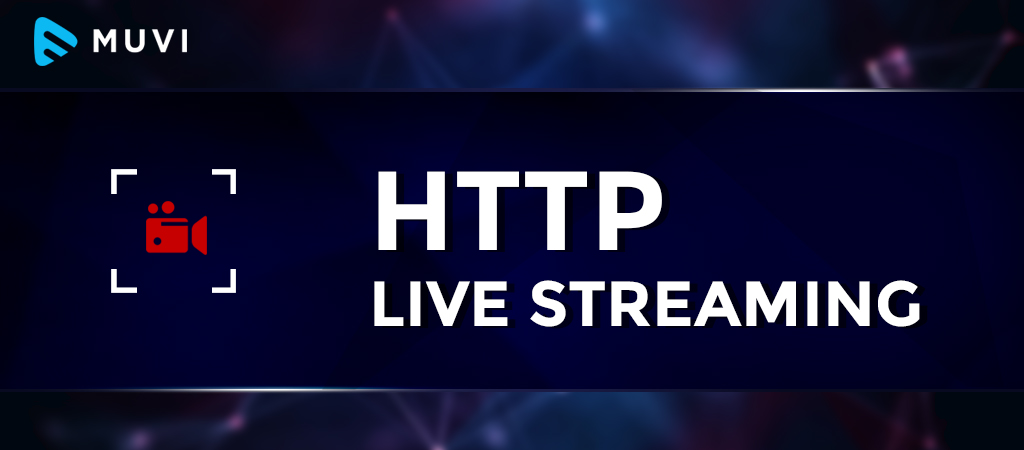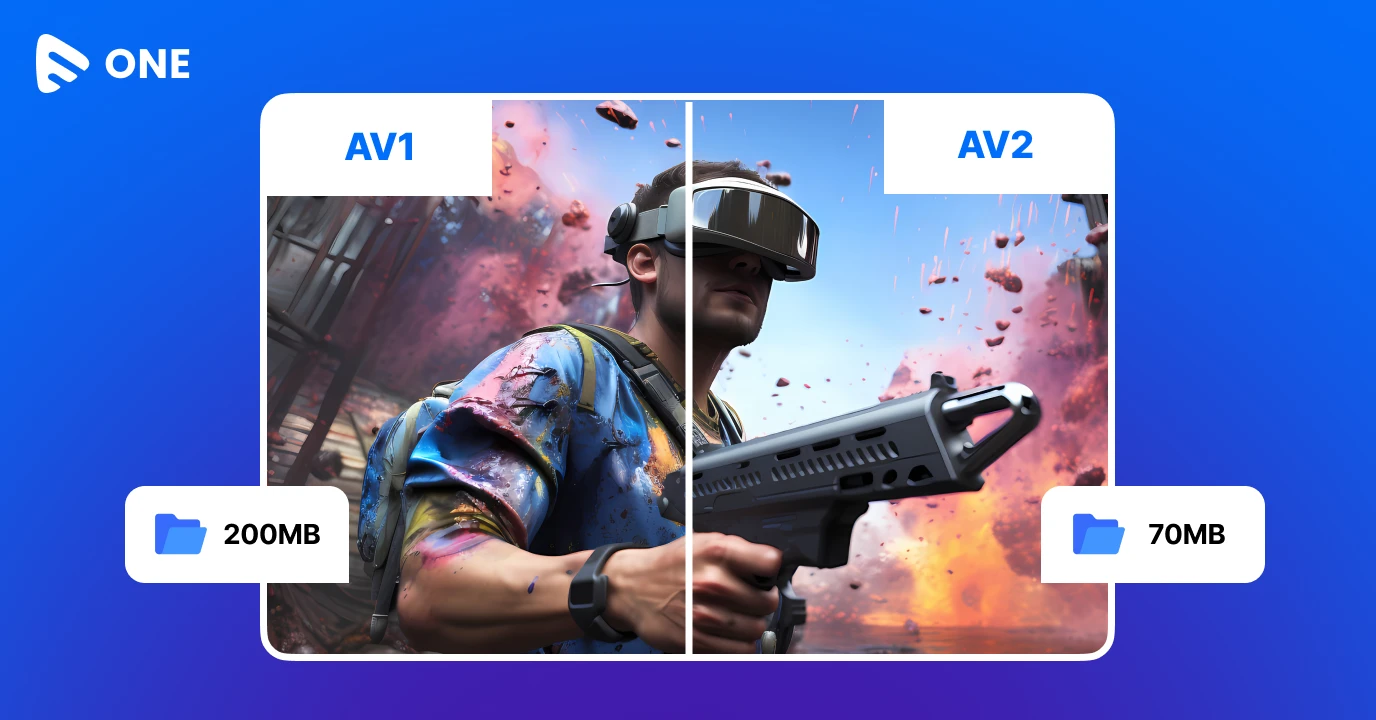Written by: Soumya Sekhar
There have been times when uploading a video and streaming them online, is a tedious job. It used to be the case a few years earlier, and scarcely even today due to lack of high-speed data coverage. In such scenario, consumers have gone gung-ho over live streaming content, and many players have turned to offering live video feeds on multiple devices.
Not just this, live streaming videos on mobile, TV, and systems are being sought after so much so that audiences now prefer watching a video rather than read a blog to obtain the same message. According to reports, 80% of consumers would rather watch live video from a brand than read a blog, and 82% prefer live video from a brand to social posts. Considering the craze among people for this format, delivery of such content has undergone many developments to give users the best live streaming experience. One such development is the advent of HTTP Live Streaming or popularly known as HLS.
HTTP Live Streaming (HLS)
HLS, typically an Apple-developed technology, is a live streaming protocol that helps to deliver video content to Apple devices and other related devices. HLS is a very adaptive live streaming communications protocol that was initially created by Apple to communicate with its devices like – iOS and Apple TV devices, Macs that are running OSX in Snow Leopard or later. It, however, works on all adaptive streaming technologies to give users a multi-channel live video streaming experience. Since it is an HTTP-based technology, it can be served from an ordinary web server that requires no special configuration, thus, all the switching logic resides on the player’s side.
[ Muvi integrates HTTP Live Streaming protocol seamlessly with your OTT platform. Just paste your source feed and go on air. ]
HLS is extensively supported in live streaming servers from various vendors. Be it live sports and matches, or award shows and functions, live coverage of these content can be streamed using source feeds on any device at any place. Hotstar, Ten Sports Live, Pluto TV, Hulu TV are some of the leading streamable live content providers across the globe.
HLS and OTT Distribution
The world has witnessed over-the-top (OTT) explosion in the past couple of years and studies have it that there are more to come. Many traditional ISPs and telcos have forayed into the OTT space and have been including live content.
According to reports, Breaking news makes up 56% of the most-watched live content. Live conference and festival coverage makes up 43% of the total live streaming content. 45% of live video audiences agree to pay for live, exclusive, on-demand video from a favorite team, speaker, or performer. These proportions are of great relevance not just to broadcasters, but also to news sites, artists, public figures. Such is the opportunity that live content carries with itself, HLS being the key enabler.
This brings us to a more influential factor i.e. content quality. It is one thing to stream high-quality on-demand content from the cloud, and another thing to be able to do the same in case of live content without a lag. Studies reveal that video quality is the most important factor for 67% of viewers while watching a live stream broadcast. It requires special technology and a sophisticated architecture to perform transcoding and auto bit-rate management at the same time in the same ecosystem, which in turn can be optimized to offer high quality live streaming experience seamlessly. HTTP Live Streaming marries into that ecosystem quite strongly.
Speaking of content sanctity, since HLS is run on HTTP protocol, it specifies standard encryption mechanism using Advanced Encryption Standard (AES) and a method of secure-key distribution using HTTPS together provide a simple DRM system and delivers live content securely.
According to a study by Tubular Insights, viewers spend 8 times longer with live video than on-demand video. In fact, the average time spent on all devices gets a spike if VOD content is replaced by live streaming content. Brands can, therefore, use HLS to deliver and utilize live content as a key differentiator.
Some OTT providers provide live content for free, but at a lag of few minutes. Quite intelligently, they also offer the same content at zero lag for a fee. Live content opens up a new monetization window for platform owners. A subscription service can offer Live content for an additional fee (using TVOD model). Some streaming services also offer the primary live title at one price and peripheral content such as backstage scenes, extra innings, analysis, expert opinions, etc. at a different price. With so many options to play around with, the video live streaming trend only tends to be increasing and there are no forecasts of it slowing down.
OTT providers offer HTTP live streaming services to their members to access all the favorite video clips, movies, television shows, and audio content. Recently Facebook launched 360° video streaming and VR live streaming using HLS that became very popular. Twitter’s experiment with live streaming NFL games recently is a worthwhile mention as it reached out to more than 20 million viewers.
The OTT industry and the live streaming market is growing rapidly. A study by Gartner predicts that the global consumer spending on streaming video services will grow from $18.7 billion this year to $30 billion in 2020. Currently, the share of live video streaming accounts is for over two-thirds of all internet traffic, which is expected to leap to 82% by 2020, according to Cisco’s Visual Networking Index report.
A recent announcement by Hulu, reveals that the company plans to compete with the likes of Netflix and Amazon Prime with their live TV offer, and the Twitter’s partnership with Bloomberg, intends to provide a 24/7 news streaming service. All these are only indicative of the growing list of cash-rich business houses to join the live streaming service bandwagon with the market becoming more lucrative each day.
Live streaming technologies such as HLS are expected to give a strong push to the OTT industry. A research reveals that millennials are more likely to consume live content on a smartphone (56%) or tablet (44%). Interestingly, HTTP Live Streaming is a technology that is easily compatible with the ecosystems of these devices, more than that of TVs. Integrating source feeds for live content using HTTP Live Streaming protocol is now a widely sought after skill and the need of the hour for many streaming platforms.
[ Muvi makes Live Streaming fairly simple. Come on board for a 14-day free trial explore endless streaming options for your OTT platform. ]













Add your comment